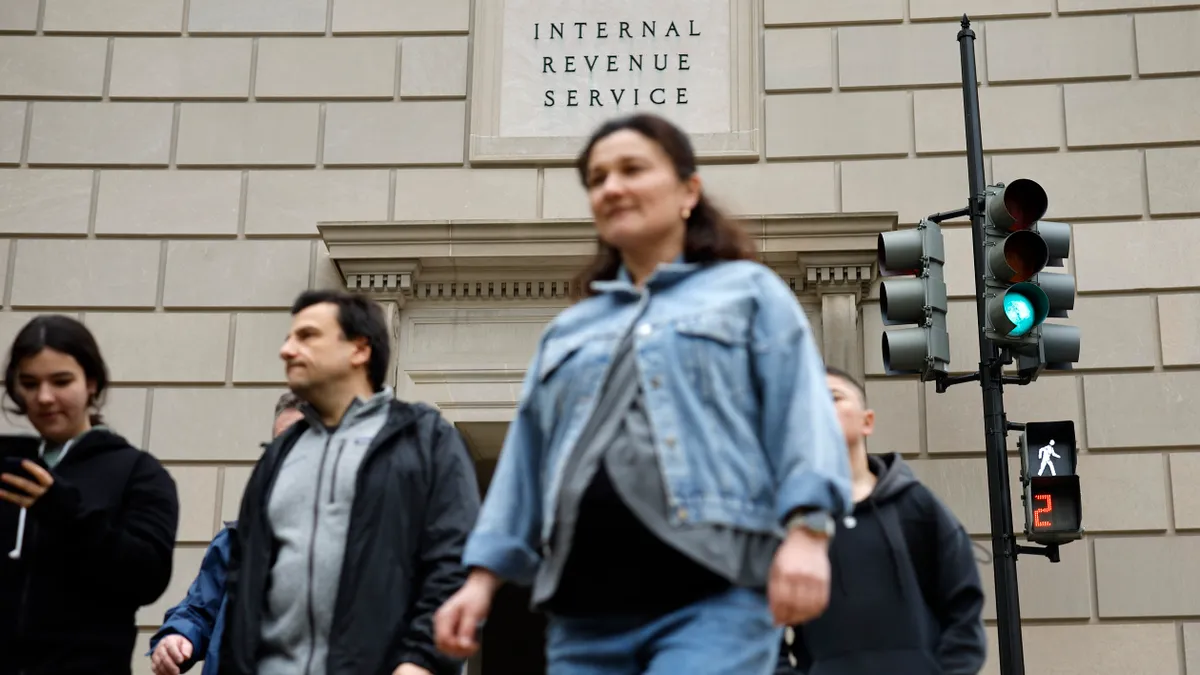Dive Brief:
- The Internal Revenue Service received nearly 40 million calls this tax season, but less than a third were answered by IRS employees, according to National Taxpayer Advocate’s mid-year report to Congress, released last week.
- The IRS was still able to improve filing season performance, driven primarily by hiring more employees to answer the phone, the report said.
- “For most taxpayers, the filing season is the only time they interact with the IRS,” National Taxpayer Advocate Erin M. Collins said. “After several years of abysmal taxpayer service during the COVID-19 pandemic, the IRS has now delivered two filing seasons that demonstrate the agency has restored service to pre-pandemic levels and has improved in most, but not all, areas of service.”
Dive Insight:
Pressures from pandemic and budgetary constraints massively hurt the IRS’ ability to provide good customer service. Though the agency has returned service to pre-pandemic levels, with billions in funding from the Inflation Reduction Act, it has a ways to go, particularly when it comes to offering taxpayer services by phone.
Part of the problem, the report said, was the IRS’ method of tracking customer service calls, a measurement called Accounts Management Customer Service Representative Level of Service.
The IRS surpassed its goal of 85% level of service, reaching 88% instead. But the rating “equals the percentage of calls answered by IRS employees divided by the number of taxpayer calls routed to IRS employees,” according to the report. It also only tracks a fraction of customer-service numbers taxpayers can call.
When all numbers are considered, IRS employees only answered 31% of taxpayers' calls. The metric also does not consider how many inquiries are resolved.
The measure, Collins wrote, “is materially misleading and not an appropriate measure of the taxpayer experience.” It also does not measure such factors as customer satisfaction, trust, quality, ease of use and resolution rates.
Despite its harsh words for the metric and urging the agency to develop and adopt a new measure to better serve taxpayers, the Taxpayer Advocate praised the IRS’ improved service writ large.
Two years ago, the agency answered just 1 in 5 calls and wait times were 28 minutes on average. In 2024, wait times were 8 minutes on average, according to the Taxpayer Advocate.
“Did the IRS do a perfect job? No,” Collins wrote. “But I believe the IRS has turned the corner, and with the additional multiyear funding provided by the Inflation Reduction Act, particularly for Taxpayer Services and information technology (IT) modernization, I am bullish that the taxpayer experience will continue to improve and move onward and upward.”











